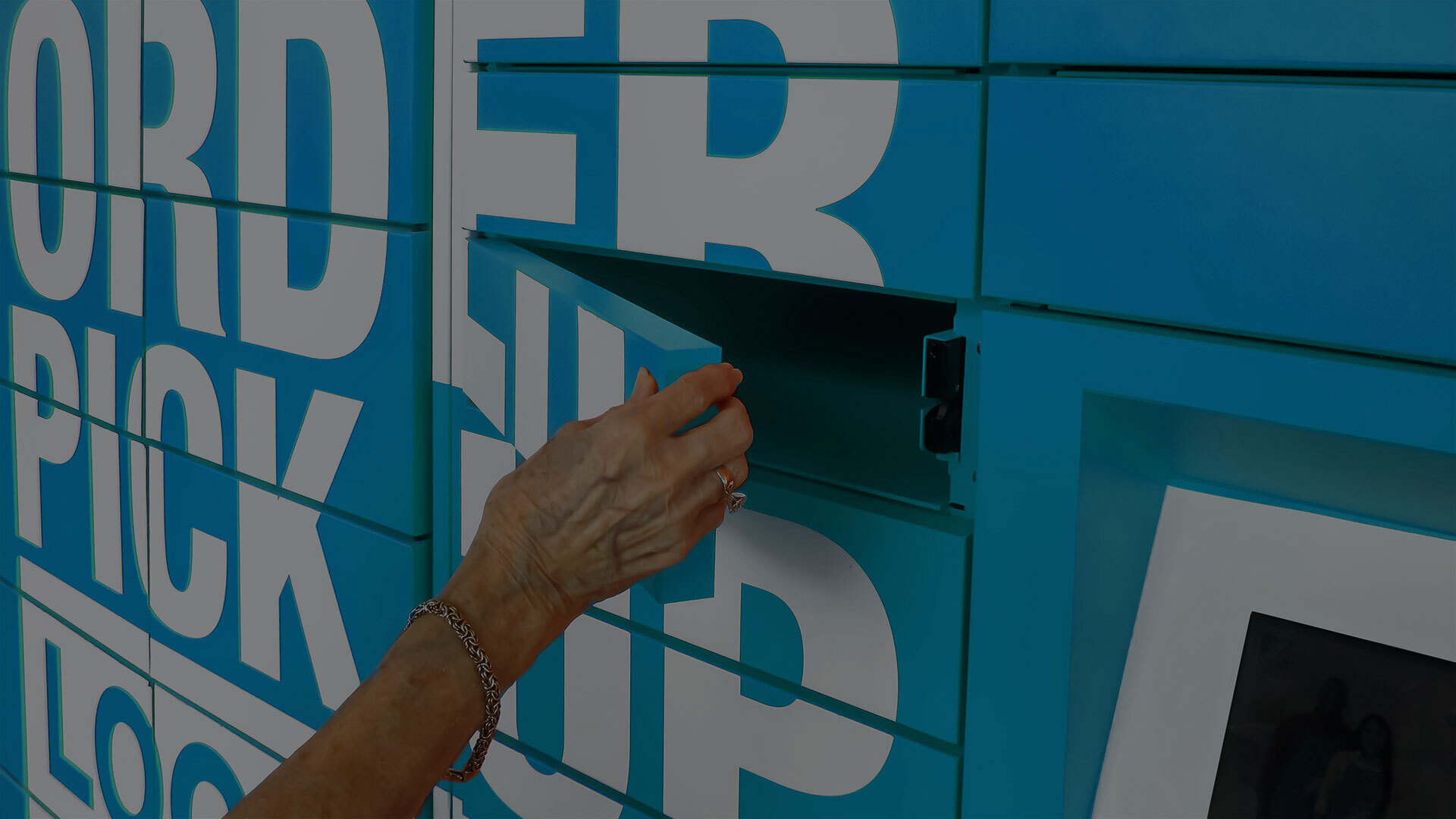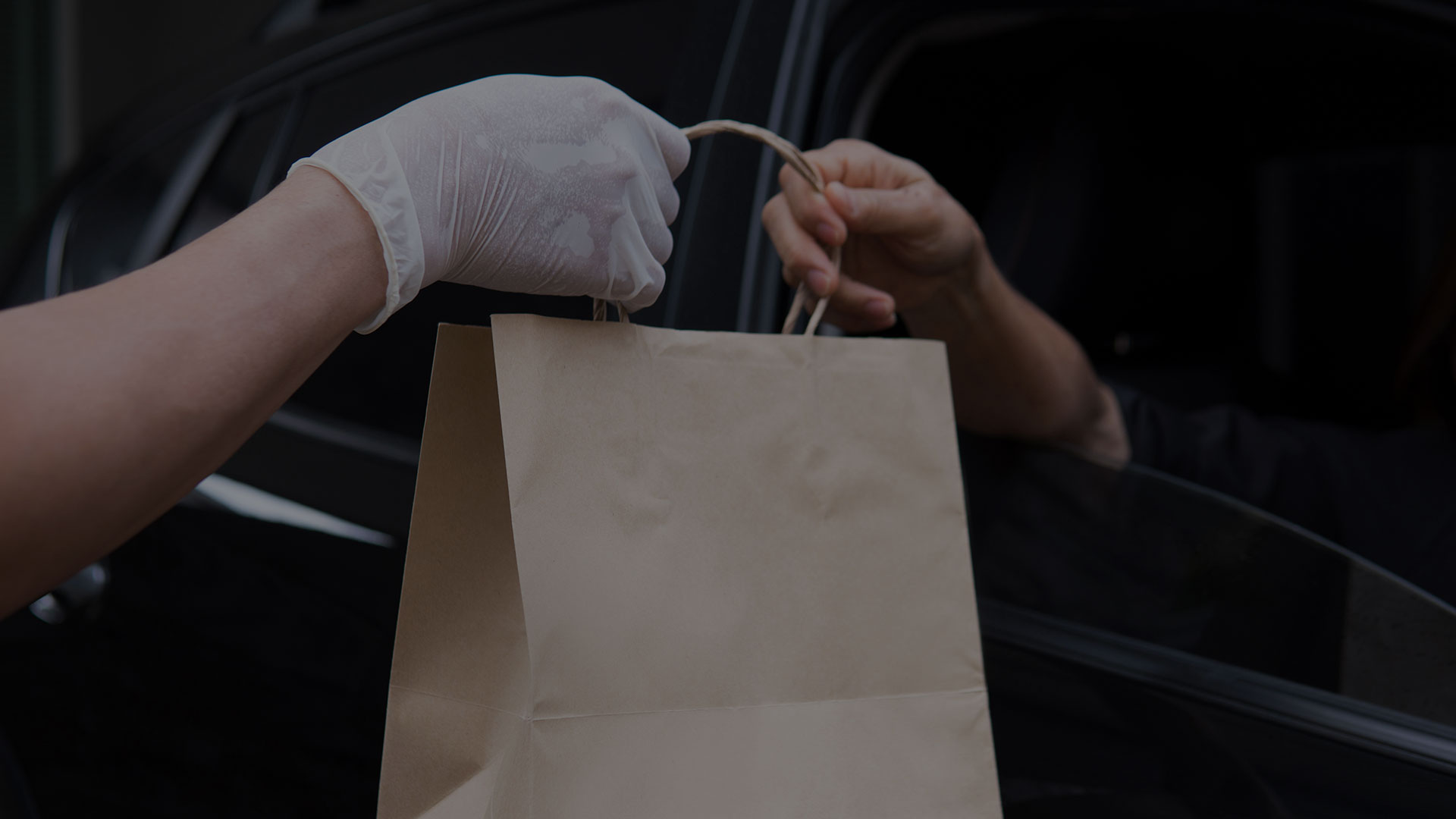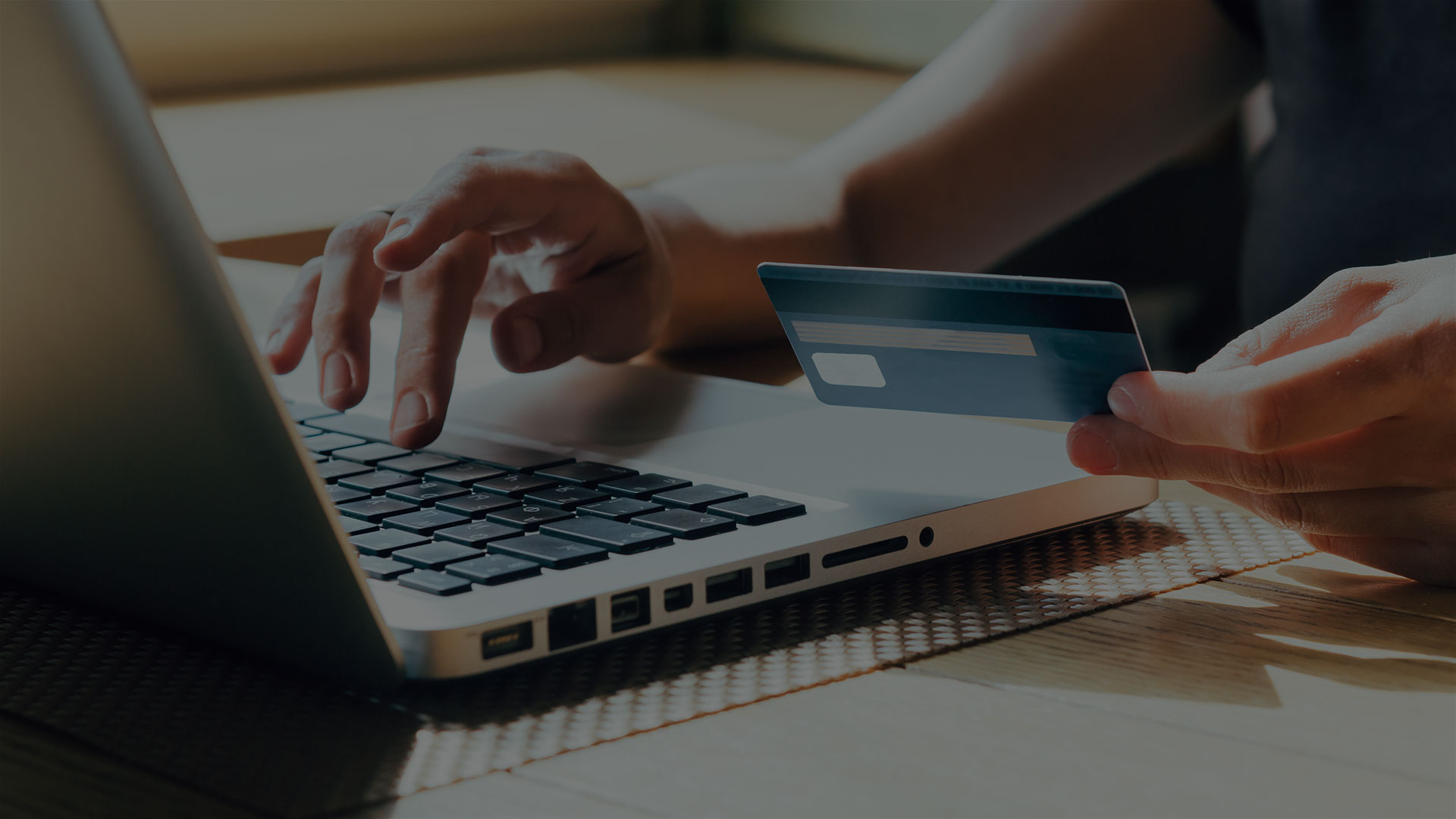Why Every Retailer Should Embrace BOPIS

Traditional brick and mortar retail businesses aren’t typically the first thing that comes to mind when you think about innovation. But that doesn’t mean that in-person retail hasn’t seen new and innovative solutions changing the way people shop.
One excellent example is buy online, pick up in store, or “BOPIS.” Sometimes referred to as “click and collect,” this is a solution that combines the best of both physical and digital shopping. Customers can browse inventory via a store’s website or mobile app, select the items they want, and complete the transaction completely digitally. Then, rather than wait for their items to be delivered, they go to the store, where their items are already waiting for them, bought and paid for.
Smart locker solutions can even streamline the pickup process. Associates load the purchased items into a secure locker that the customer can then access on their own using their smartphone or a unique PIN number at their leisure.
The Growing Popularity of BOPIS
While BOPIS was originally developed as a way for physical stores to offer quick order turnaround time to compete with increasingly fast delivery services, the trend really caught on as a way to mitigate risks associated with COVID-19. According to one study, the number of people using BOPIS solutions grew from 127.4 million in 2019 to 143.8 million in 2020 - a growth rate of 12.9%. During this boom, shoppers transitioned a huge portion of their spending to BOPIS transactions, spending over $72.46B in 2020, a 106.9% increase over 2019.
BOPIS Post-Pandemic
Pandemic-related fears drove accelerated adoption of many digitally-enabled solutions, BOPIS among them. As shoppers sought to avoid in-person interactions to slow the spread of COVID-19, many businesses turned to workarounds like contactless delivery and BOPIS to continue service. Now that pandemic restrictions have been lifted in much of the world, many are wondering whether these COVID-era solutions will continue.
Research shows that shoppers chose to use BOPIS beyond COVID-19 concerns. For example, one study from Raydiant found that 19.7% of BOPIS users cited the desire to avoid shipping fees. Other reasons included wanting to avoid interacting with people for non-health related reasons (11.8%) and cutting time spent browsing (9.9%) and waiting in line (8.6%). Rather than safety, shoppers will now turn to BOPIS for added convenience.
Business Benefits of BOPIS
Retailers have plenty of reasons to continue actively offering BOPIS options, too. Providing a faster, more convenient, and more flexible option for shoppers is an excellent way to differentiate from the competition. Some of the biggest benefits include:
Same-Day Order Fulfillment
The rise of eCommerce wasn’t just about the convenience of shopping from the comfort of your home - that had been possible through catalogs for decades already. The real key was the speed of service. With many eCommerce businesses offering delivery in as few as two days, the convenience of shopping from home reached a whole new level, and began to seriously compete with traditional retail.
BOPIS flips that script, allowing brick and mortar retailers to take advantage of their physical presence to offer faster order fulfillment than most online services can manage. While same-day delivery is an option, it typically comes with a high fee and is only available for a limited range of products. BOPIS enables same-day pickup free of charge for all in-stock items.
Reduced Last-Mile Shipping Costs
Getting packages from the fulfillment center to the end recipient may not seem like that big of a challenge, but this “last-mile” can actually be the most difficult and costly portion of the entire delivery process. Many brick and mortar businesses have turned to BOPIS as a way to mitigate last-mile delivery expenses while still providing competitive convenience to their customers. It’s much easier - and cheaper - to deliver items to one central pickup location than to hundreds of individual residential addresses. BOPIS allows retailers to offer their customers a way to receive their order the same day they placed it, without delivery fees or any risk of inconvenient drop-off time windows, lost items, or late deliveries.
Increased In-Store Foot Traffic
BOPIS also has another advantage over home delivery for retailers - it brings people to the store. This offers the opportunity to re-engage the customer at the pick-up point. Whether they spot in-store signage for a great deal they didn’t know about, are reminded of an additional item they needed and forgot to order, or simply are tempted by an impulse-buy display rack, in-person foot traffic offers ample opportunity to increase sales.
These secondary purchases are actually more common than one might assume. According to a study by PYMNTS, of the 9 million US shoppers who used BOPIS for a recent order, 47% ended up buying more items while picking up their order, and an additional 17% say they do so some of the time.
Flexible Fulfillment
For years, traditional brick and mortar stores sought ways to compete with burgeoning online retailers. Now that many physical stores have enhanced their online presence, solutions like BOPIS give them a key advantage over exclusively web-based retailers - flexibility. The addition of a BOPIS option enables shoppers to choose a shopping style that suits their needs and their schedules. They can browse the online store at lunch and pick up their items on the way home.
The use of on-site smart lockers like Exela’s Intelligent Lockers can also widen the pickup window even beyond store hours. Customers can place an order during normal store hours, which is then retrieved and placed in a secure locker by a store associate prior to closing. Then, using a unique PIN number or QR code, the customer can access their items at any time, even after the employees have gone home.
Conclusion
BOPIS may have largely grown from pandemic-related concerns about sanitation and person-to-person contact, but as these concerns dissipate, there are still plenty of reasons for retailers to continue offering this option. Shoppers appreciate convenience and flexibility BOPIS can provide, and the same-day fulfillment helps brick and mortar retailers better compete with their digital counterparts.
Solutions like Exela’s Intelligent Lockers allow for additional convenience and secure handoff of BOPIS orders, streamlining the pickup process while enabling greater flexibility. Learn more about how Intelligent Lockers can benefit your business.









